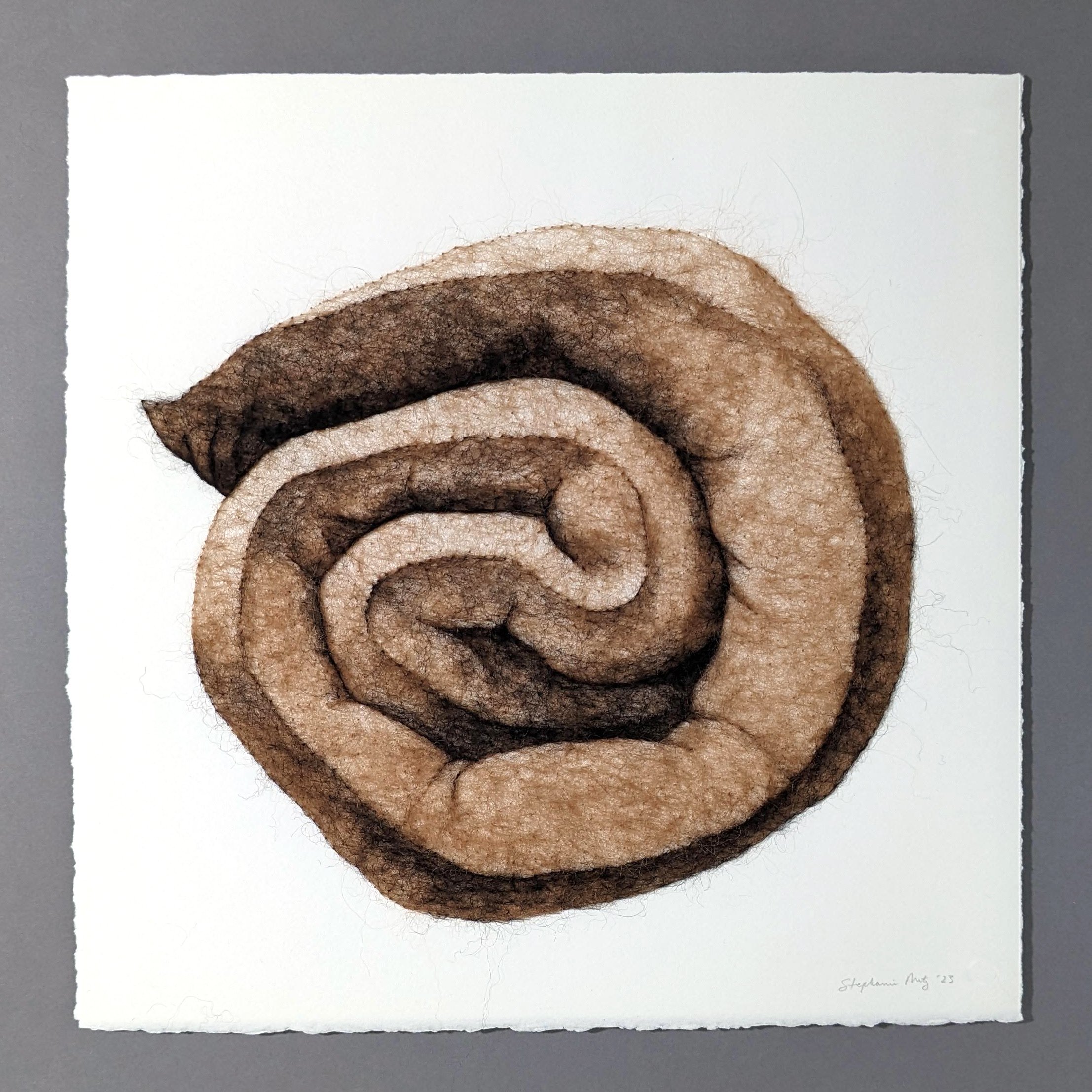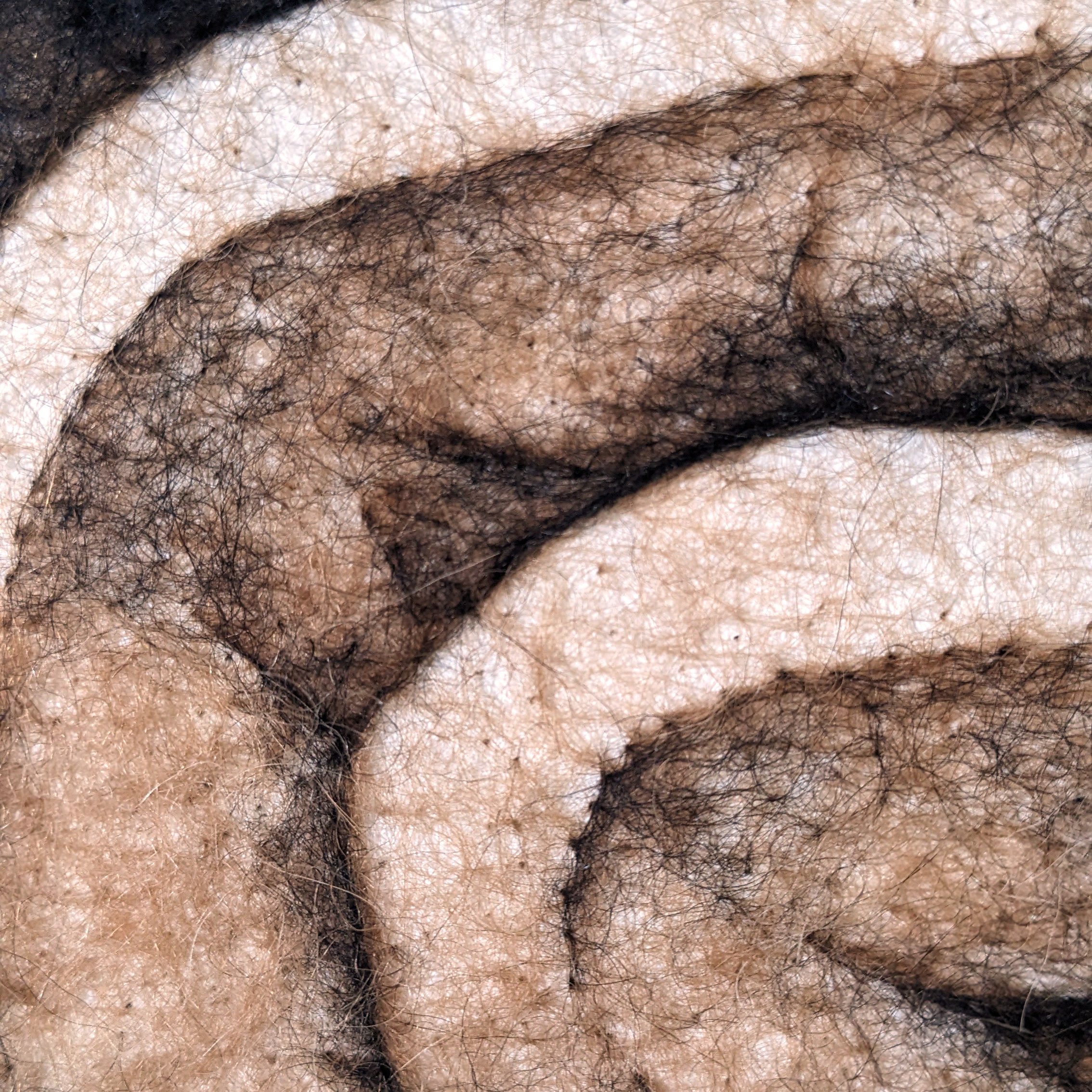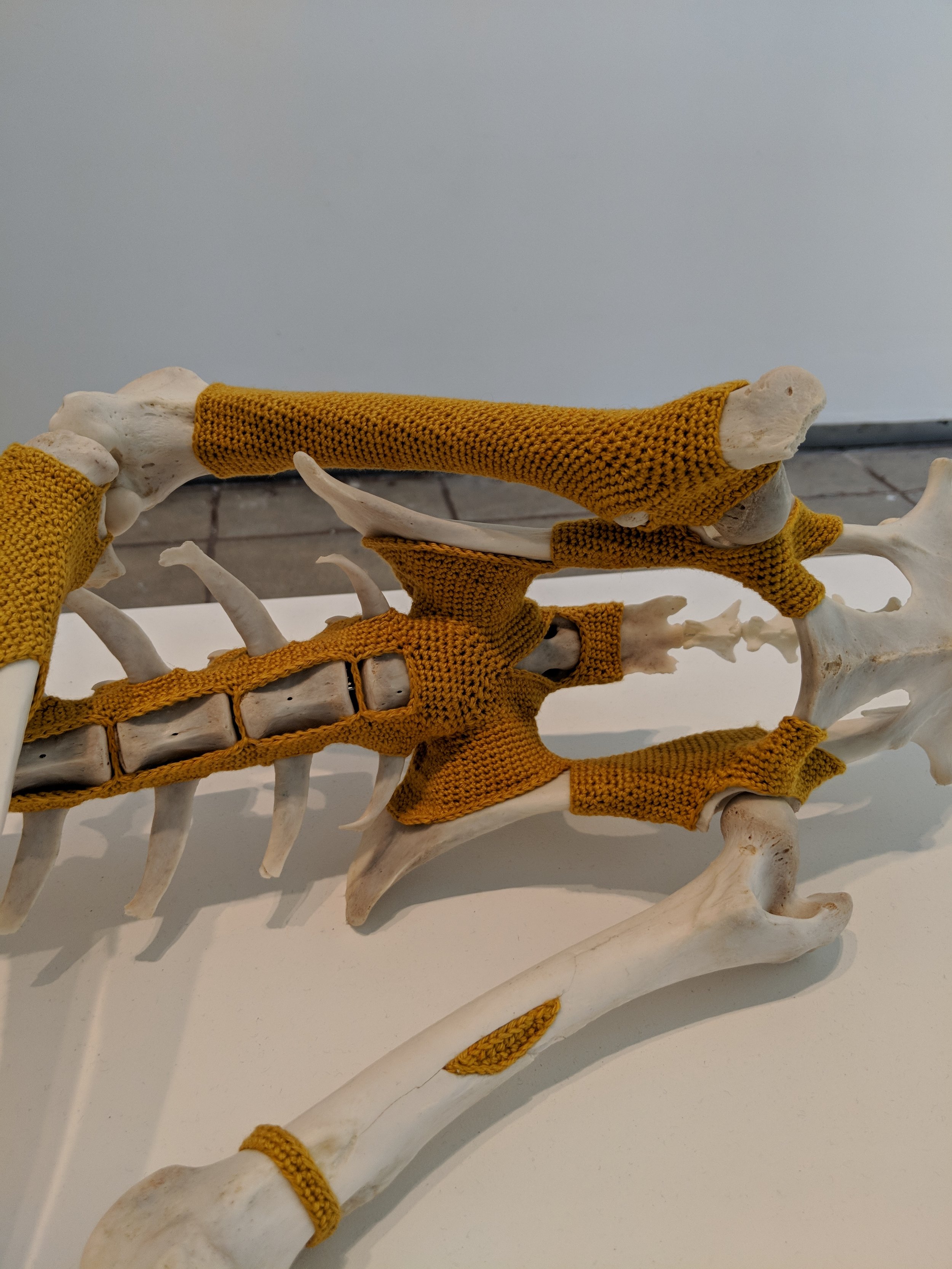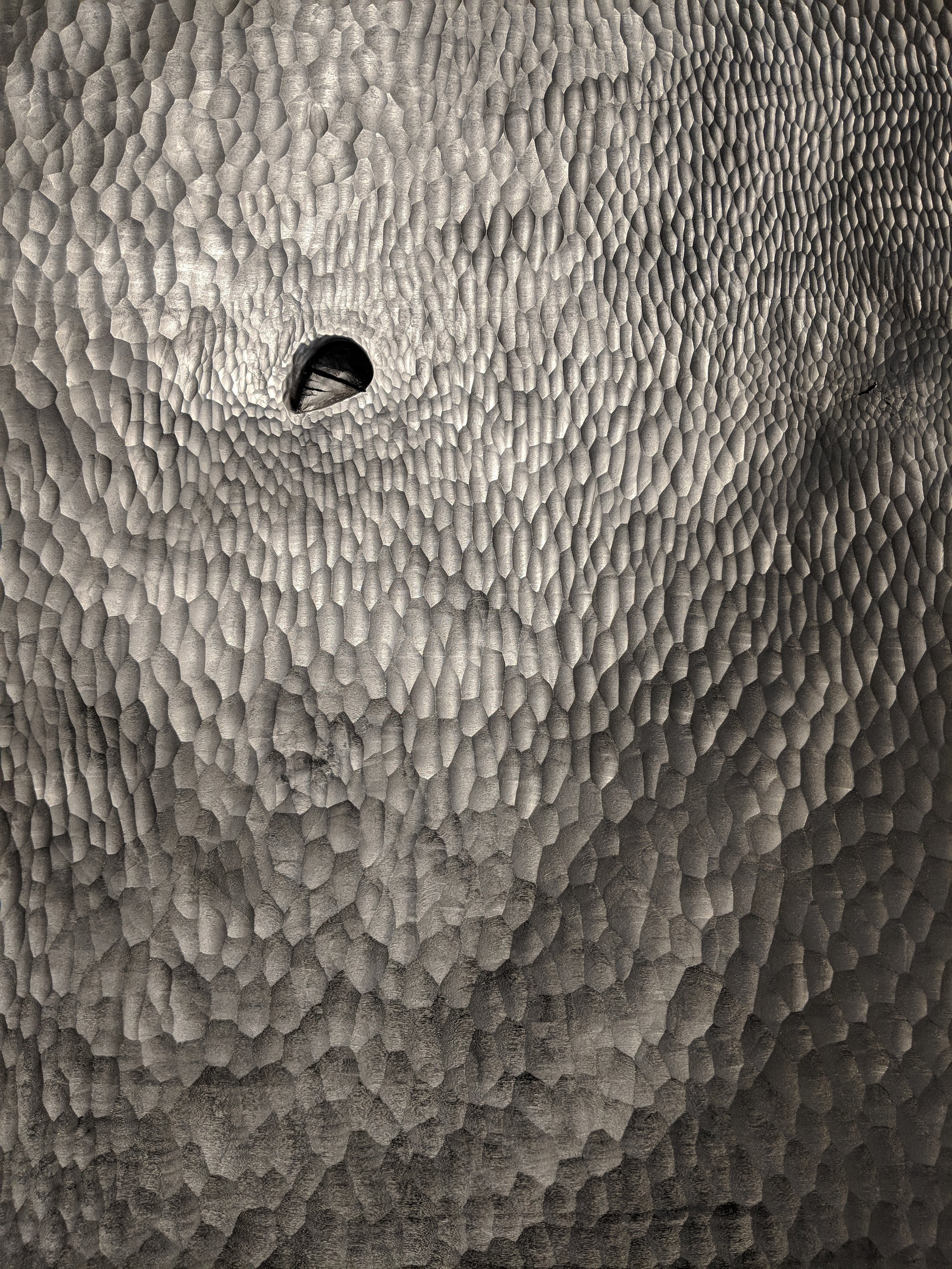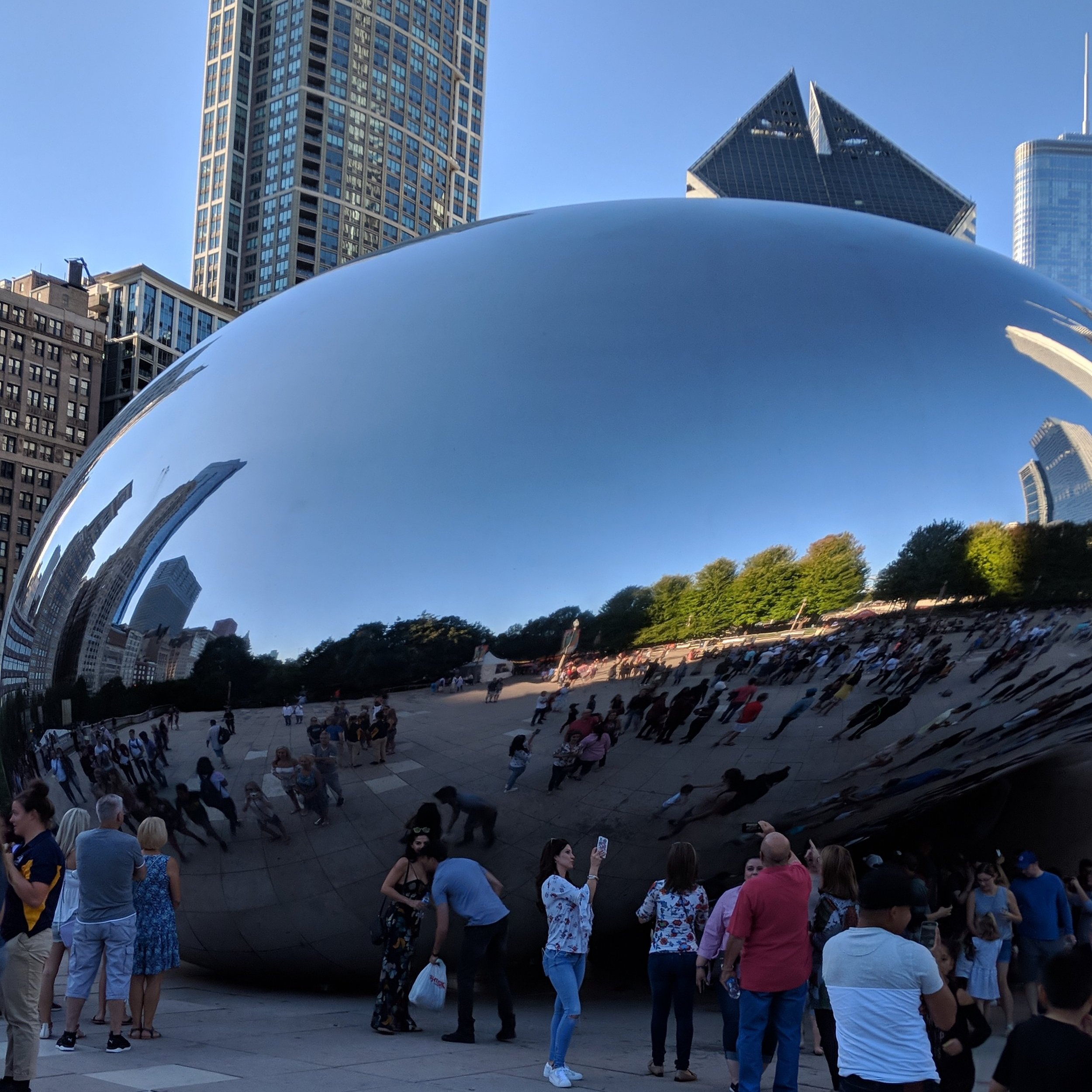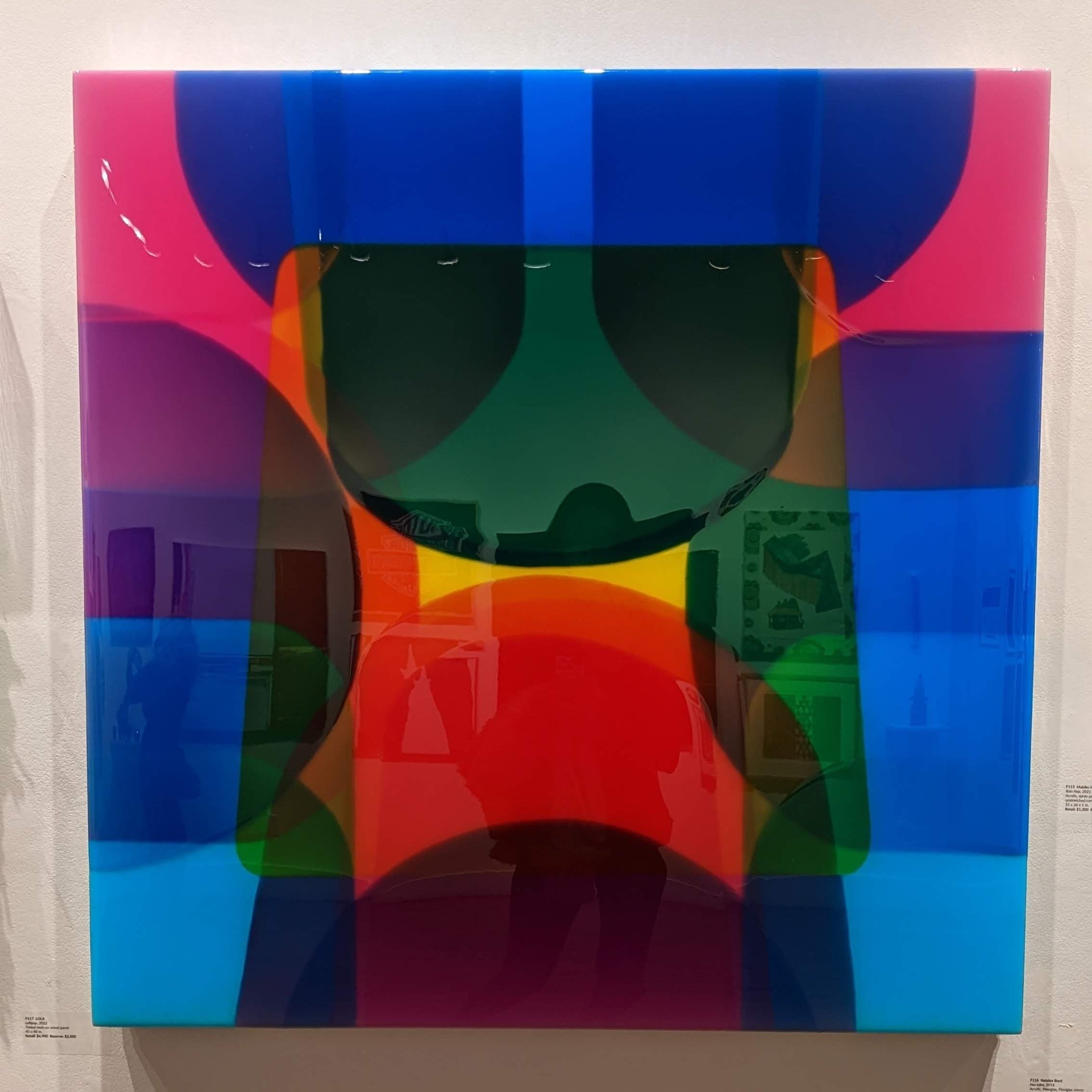Why Wool Drawings Part 2: What's In It For The Viewer?
Why might drawings made out of wool fibers matter for the viewer? The short answer is that wool drawings practically compel further interest from viewers once they take a moment to look. I’m referring to more than my subject matter- which could be a mysterious organic form borrowing parts from the natural world, or a fairly straightforward depiction of an animal. I hope to present a compelling subject, of course, but also the medium itself is novel and intriguing.
What appears to be an image made with charcoal, ink or paint from far away reveals its true nature to those who get close enough to see the fine fibers standing out from the paper. And then the whole thing is considered anew.
A wool drawing calls fresh attention to itself, the subject depicted, and even the ‘hand of the artist,’ in making the work. ‘Multiple levels of engagement’ is a dry way to refer to the experience of wonder. And that’s not something to take lightly.
It reminds me of reading the caption under an early Picasso painting in a book I recall from my teenage years. The unfinished portrait had areas of sketched lines on raw canvas suggesting the yet-to-be-painted body as well as the nearly completed realistic face. I can’t recall which specific painting, but it was like this one:
Pablo Picasso, ‘Arlequin’, 1923. Note how the body is drawn and shaded, but the face and head are more finished.
The actual artwork doesn’t matter, the important part was that the caption expressed wonder at the fact that such a painting could be both a surface and a window at the same time-- the viewer could acknowledge both the marks made by a human (on a surface) AND the illusion of the thing our brain and eyes recognize (like looking at the subject through a window).
This was noteworthy because it was emphatically not news to me. I remember it to this day because even as a teenager I had always approached art as a maker, not just a viewer, and took for granted the surface/window duality. My mom recalls me drawing horses running off the picture plane at five years old. I had never considered that it might be novel to consider both the marks made as well as the object depicted, or that it might be unusual to move freely back and forth between the two.
It’s not something I take for granted now. In fact, I think the surface/window duality is a huge part of why looking at art makes me feel connected to other humans across time and space. Paying attention to the artwork as an object in itself and something created by human hands grounds me in the reality that we are all just people here, living out our different lives and sometimes recording those things that really move us or intrigue us or obsess us.
When I was in college I took a marble carving workshop and learned how difficult it is to use the right amount of force to break off the area you want without leaving a white spot that goes deep into the stone. And then I got to see Michelangelo’s unfinished ‘Slave’ sculptures in Florence and saw those same kind of marks left by an incredibly gifted yet still imperfect human. It was an experience that truly rocked my foundations as an artist.
It makes me feel like part of a huge tapestry of humankind in a very direct way. That’s not something reserved for artists only, it’s something everyone can tap into. Even those familiar dismissals of ‘Oh, I could do that’ or ‘You call that art?’ are still threads leading into that great woven story because they acknowledge that a human being took the time and effort to make a thing. I do acknowledge that I personally favor the kind of artwork that reveals its own process to some extent-- the more hand-made, imperfect kind of creations. Here are some of my favorites:
But there’s also a making story and human action behind art where you can’t clearly intuit how it was made, whether it’s highly polished chrome, ultra-smooth canvases, and even 3D-printed objects. Here are some noteworthy ones in that category:
For me, using wool fibers as a drawing medium is a way to call attention to the surface/window effect. Using an unusual and surprising method of making art is perhaps a shortcut, even a cheat. But who exactly is making the rules? My goal as an artist is to engage, to try to create that sensation of wonder and connection with the other humans who may someday see the things I created. Using wool as a means to record and share my own amazement at the world is a joyful, satisfying process that has the added benefit of being novel and interesting.
And what does the viewer get out of a wool drawing? A direct line into the surface/window effect, and a direct line into a connection with the human being on the other end. It may be brief; it may be inconsequential; it may be appreciative; it may be dismissive. It also may be a lifeline; it may be a reminder that we’re all in this together.
Or, in the words of poet Mary Oliver:
‘Instructions for living a life:
Pay attention.
Be astonished.
Tell about it.’

